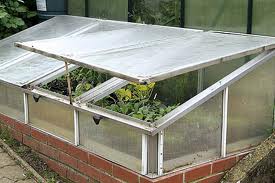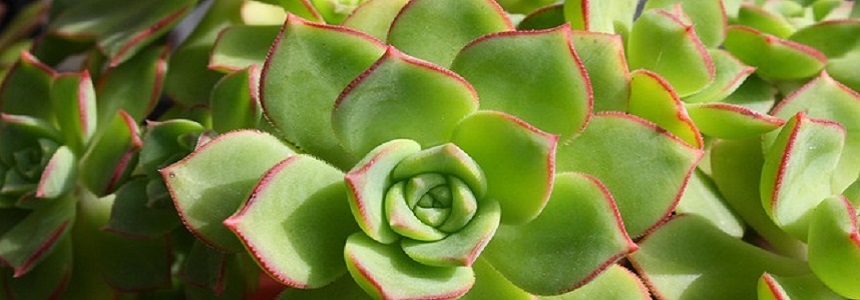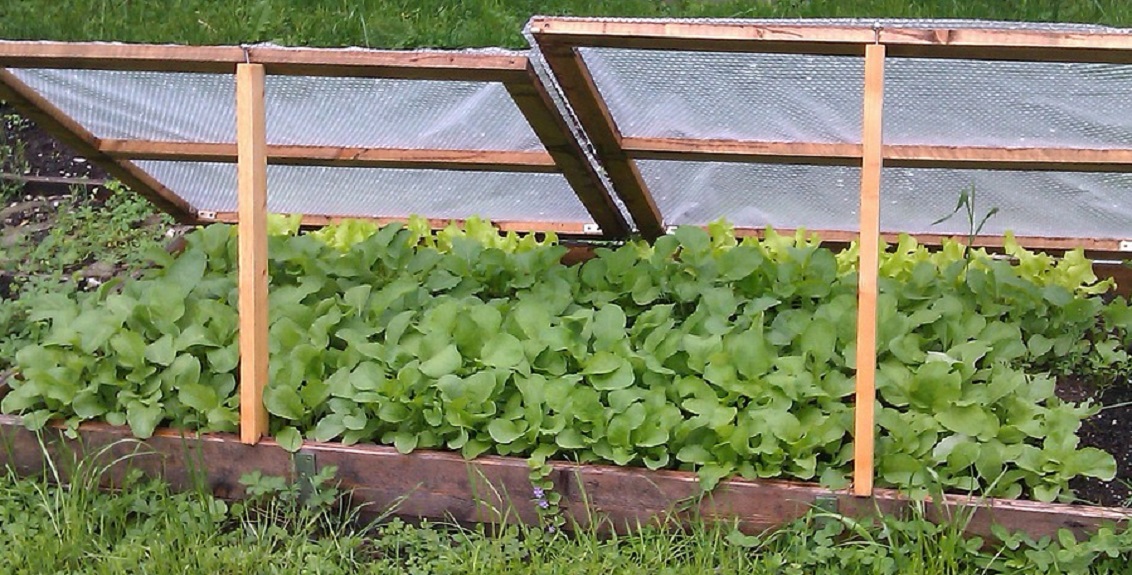A cold frame is a box with a sloping lid that can be lifted and lets light in. If you think that a cold frame won’t earn its place in your garden, think again.
Even the smallest of gardens can accommodate one, giving protection to seedlings, young plants, succulents, alpines and herbs throughout the year, and extending the growing season by a few valuable weeks.
 Siting your frame
Siting your frame
Place your cold frame somewhere sunny and sheltered, so plants and seedlings get as much light and warmth as possible.
A patio provides a stable surface; at an allotment, a few flagstones will do the trick. Or position it on top of the soil, using it as a large cloche when sowing or planting directly into the ground. Placed next to the house, a cold frame will benefit from the warmth of the building.
Using Your Cold Frame
- In spring you can use a cold frame for early sowings of broad beans, sweet peas and lettuce in February and March, then from April to June fill it with hardy annuals, half-hardies, plants for the vegetable patch and tender bedding. Seedlings started off indoors can be weaned off the warmer, protected conditions of the windowsill in a cold frame, too.
- During summer you can sow biennials such as stocks and sweet williams for next spring. Sow into seed trays in your cold frame and they’ll be protected from downpours and out of reach of curious pets and wayward footballs.
- By September, with biennials planted out, the cold frame can become home to autumn-sown hardy annuals which will happily overwinter here. Try an autumn sowing of winter lettuce, pea shoots and oriental leaves in planters to provide salads up to Christmas.
- Plants that don’t like sitting in wet compost over winter, such as succulents, alpines and some herbs, can be kept dry in the cold frame. And if you like propagating plants, it is a good alternative to a greenhouse for storing cuttings through the year.

